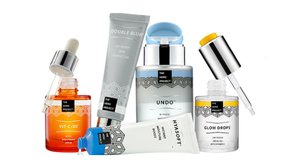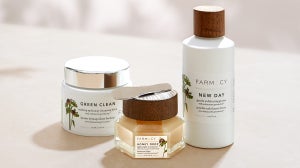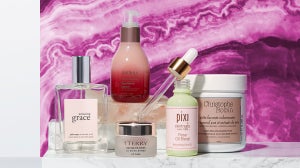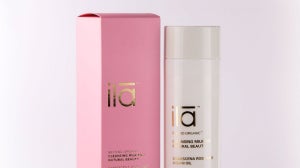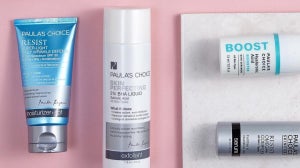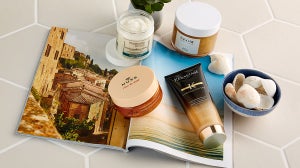
From split ends to unruly tresses, heat-damaged hair may be a frustrating ordeal but with the right knowledge and care, you could help to restore it to its natural beauty.
But what is heat-damaged hair and what can you do to improve some of the most obvious signs?
How to Know if Your Hair is Heat-Damaged
If you don’t know what to look out for, here are a few signs that your hair may be heat-damaged:
Breakage
Split ends
White nodules at the end of your hair shaft
Dryness
Rough texture
Difficulty styling or brushing
Frequent knots and tangles
What Causes Heat-Damaged Hair?
There are many factors that could contribute towards heat-damaged hair, including:
Styling with High Temperatures
Excessive heat applied directly to the hair could weaken its structure and deplete its moisture content, leaving the hair feeling dry and limp.
Frequency of Styling
Using heat styling tools too frequently without adequate heat protection could also exacerbate damage by disrupting the cuticle structure.
Sun Exposure
Prolonged exposure to UV radiation may also start to break down the proteins in the hair, which could leave your strands prone to damage.
How to Repair Heat-Damaged Hair
Repairing heat-damaged hair may require a few minor changes to your routine. Remember, time and consistency are crucial to see a difference, so be patient and trust the process.
Use Heat Protectant
Distributing a heat protectant throughout your hair before using styling tools could help to form a barrier and reduce the risk of damage.
Expert Tip: Apply the protectant to sections of your hair when using tools for long periods of time or if you're re-styling your hair in-between washes.
Adjust Heat Settings
Lowering the heat settings on your styling tools could help to minimise damage to your hair. A temperature below 140 degrees celsius is optimal, as anything above this could cause irreversible damage to the hair structure.
We also recommend only styling each section once to avoid excessive exposure to heat. Pay attention to how your hair responds to different temperatures and adjust accordingly to prevent this.
Limit Heat Styling
Reducing the frequency of heat styling could help give your hair time to recover from each use. Generally, minimising heat exposure will reduce the risk of damage to your strands.
Reserve heat styling for special occasions and use alternative methods for everyday styling, such as heatless curlers.
Restrict Sun Exposure
We recommend shielding your hair from harmful UV rays when spending extended periods in the sun.
Some hair products contain UV filters for added protection. If you haven’t got one to hand, wearing a hat may also help to protect your roots and mid-lengths.
Expert Tip: Rinse your hair with cool water after swimming to remove chlorine or salt water, as they can also contribute to dryness.
Deep Condition Regularly
Heat-damaged hair tends to experience increased moisture loss due to the disrupted cuticle structure.
Therefore, incorporating a deep conditioning treatment into your haircare routine could help to nourish your locks. Pay close attention to the ingredients in the product you’re using - avocado, argan and coconut oil may be particularly beneficial for damaged hair.
Apply generously to damp hair, focusing on the mid-lengths and ends. Leave the treatment on for the recommended time to allow the ingredients to penetrate each strand.
Protein Treatment
Integrating a protein treatment containing ingredients like keratin may also help to strengthen heat-damaged hair.
We recommend using these treatments once or twice a month to prevent protein loss and improve hair elasticity.
Note: Avoid overusing protein treatments, as excessive protein can make the hair brittle and prone to breakage.
Moisturising Ingredients
Whether it's a shampoo or hair oil, seek out moisturising ingredients such as glycerin, jojoba oil or coconut oil, as these could help to replenish your strands.
Hydrated hair is less prone to breakage and it could also help to increase shine for a healthier-looking finish.
Heat-damaged hair may seem like a daunting problem, but with the right care and attention, you may be able to restore your locks to their former glory.
By following preventive measures, incorporating reparative ingredients and being patient with the process, you could revive your strands and achieve healthy, luscious results.
Explore our expert guide to the best shampoos for dry hair, so you can keep your strands moisturised and more healthy-looking.



